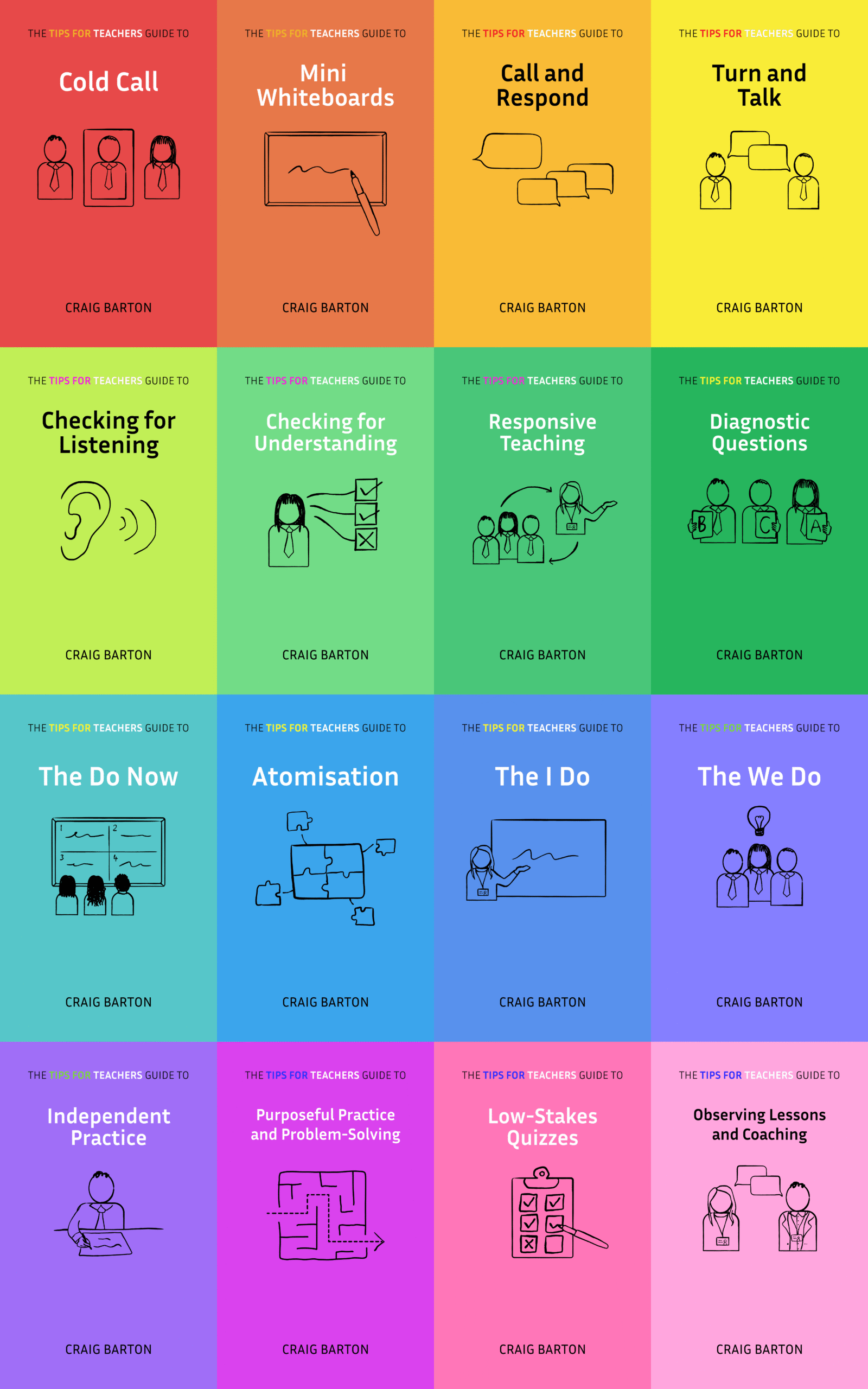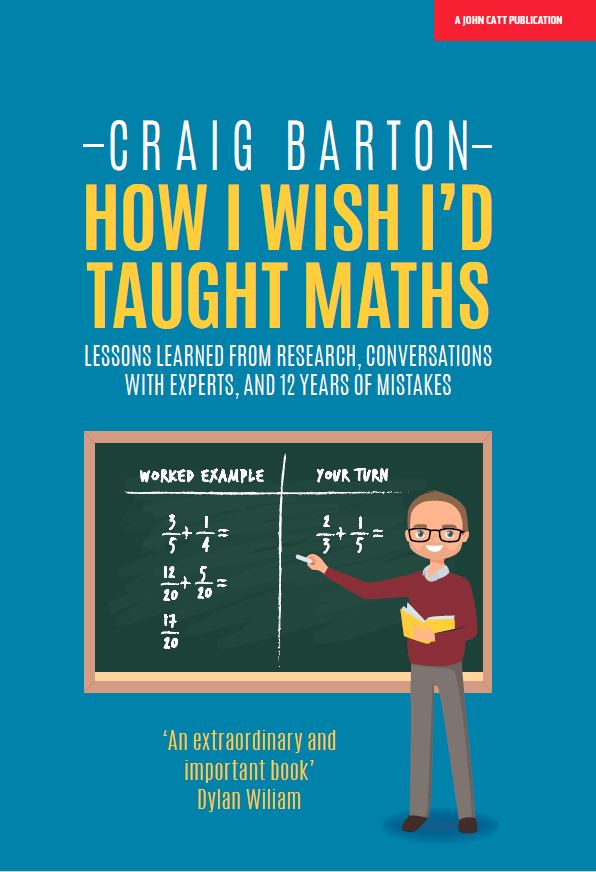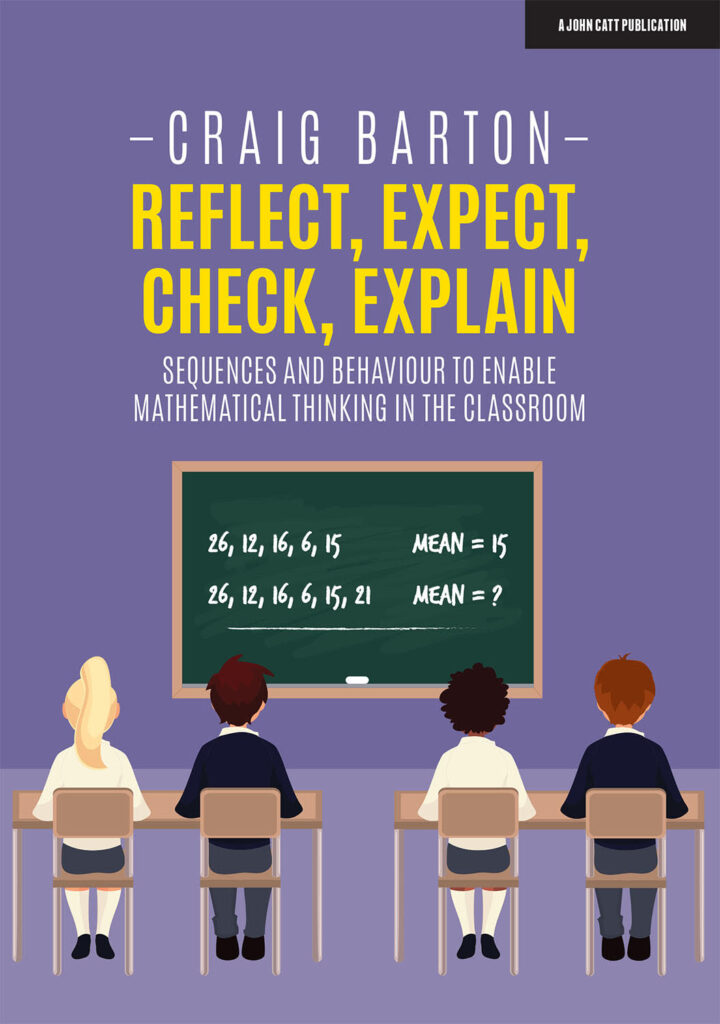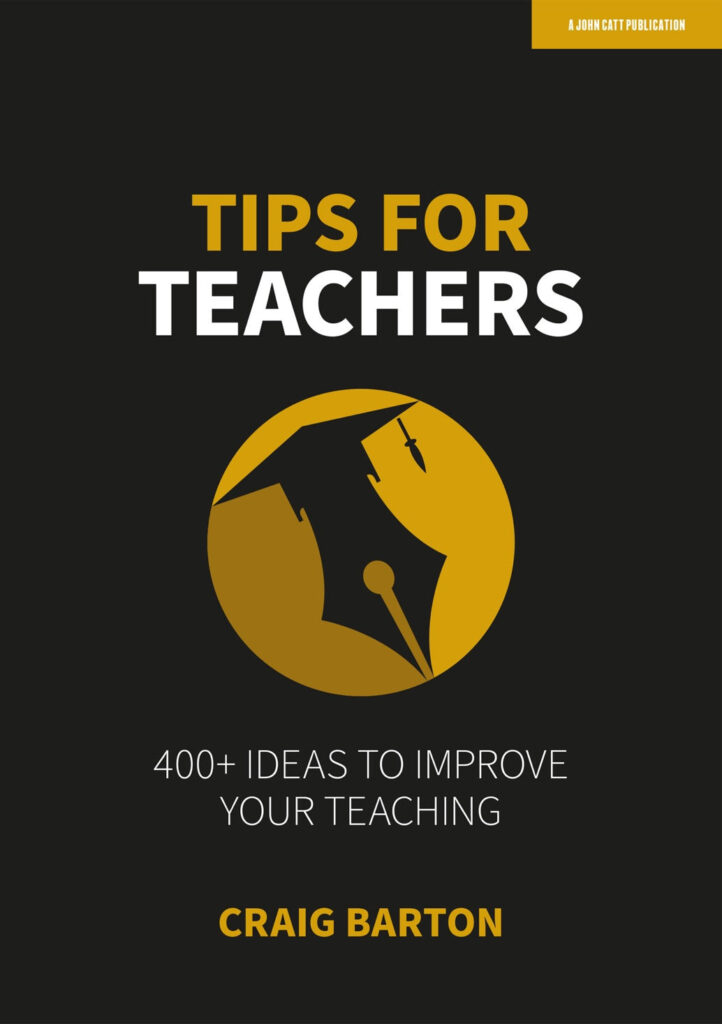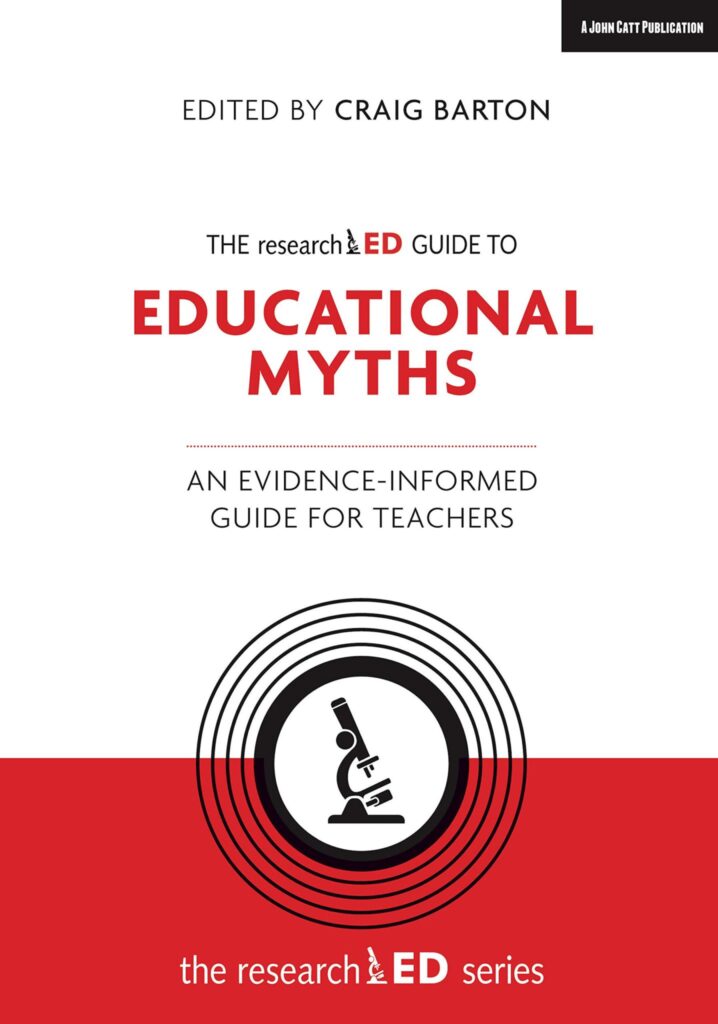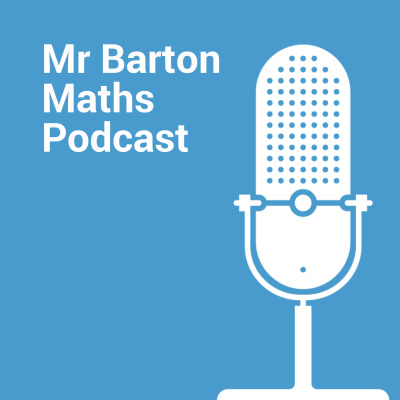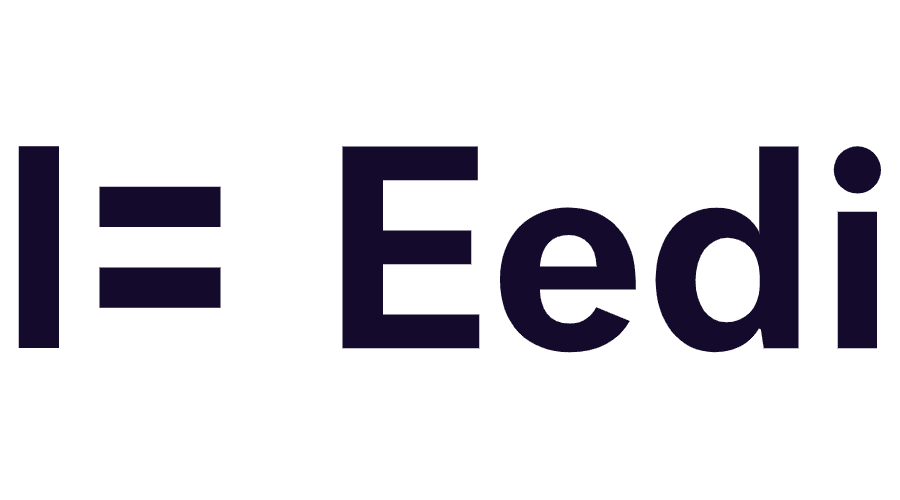Summary
This YouTube transcript discusses effective questioning techniques for teachers to maximize student engagement and participation. Key strategies highlighted include incorporating wait time, having all students write down answers, and using cold calling to select responders. The video also emphasizes the importance of thoughtful question design and suggests using a combination of methods to suit different question types and student responses. Furthermore, the discussion includes collaborative approaches, such as peer discussion, to build confidence and understanding before calling on individual students. Finally, the importance of ongoing professional development in crafting effective questions is stressed.
What are the implications for teachers?
Based on the provided transcript, here are some implications for teachers regarding questioning techniques in the classroom:
- Questioning is a crucial but often overlooked aspect of teaching. Teachers should not assume they are experts at questioning and should actively develop their questioning habits.
- Questioning is important for assessing student knowledge and understanding, enabling responsive teaching, correcting errors, addressing misconceptions, and ensuring student engagement.
- Teachers need to ensure that their questioning involves as many students as possible. This can be done through a variety of methods.
- Wait time, or thinking time, is essential. Teachers often wait only a very short time (0.2 seconds) between asking a question and seeking a response, which is insufficient.
- Teachers should extend wait time to three to five seconds for factual questions, and longer for more detailed responses. This allows all students, not just the fastest thinkers, to formulate an answer.
- Combining wait time with “everybody writes” can be beneficial. This involves having all students write down their answers to a question, which forces them to think deeply about their response and also gives them time to think before being asked to answer.
- Cold calling, where the teacher selects the student to answer, is another useful method. It helps to ensure that all students are engaged, as they do not know if they will be called upon.
- When using cold calling, teachers should state the name of the student who will answer after the wait time.
- Narrating the positive when using cold calling can encourage participation. This involves positively reinforcing students who are raising their hands to answer questions, which motivates all students to participate.
- Teachers should also be mindful of the wait time after a student answers, before evaluating the answer. This allows other students to reflect on the response.
- Teachers can use a “holy trinity of participation” which includes the following: ask a question, have students write responses on mini whiteboards, have students compare responses with a partner, and then either cold call or warm call.
- Teachers should also prioritize paired discussions before asking students to answer questions in order to give them confidence in their answers.
- Teachers need to carefully plan their questions. Less experienced teachers may benefit from writing questions out like a script, and experienced teachers should also be thoughtful about the questions they ask.
- Departments should discuss important questions to ask for specific topics to prepare for misconceptions.
- Teachers should also consider how the question will be answered by students to ensure maximum participation. They should consider if a question is better suited to mini whiteboards versus verbal responses.

